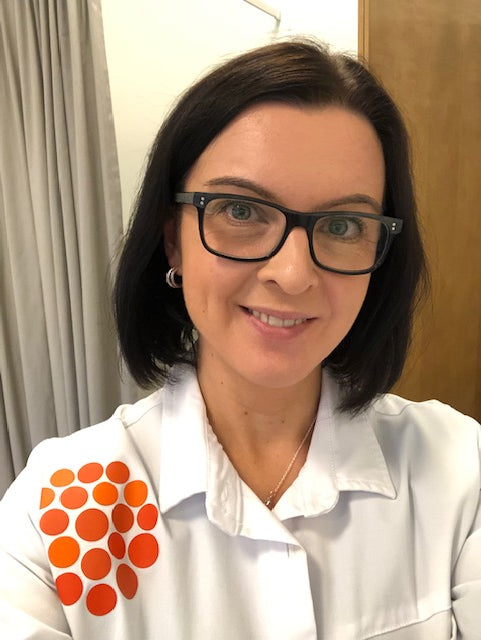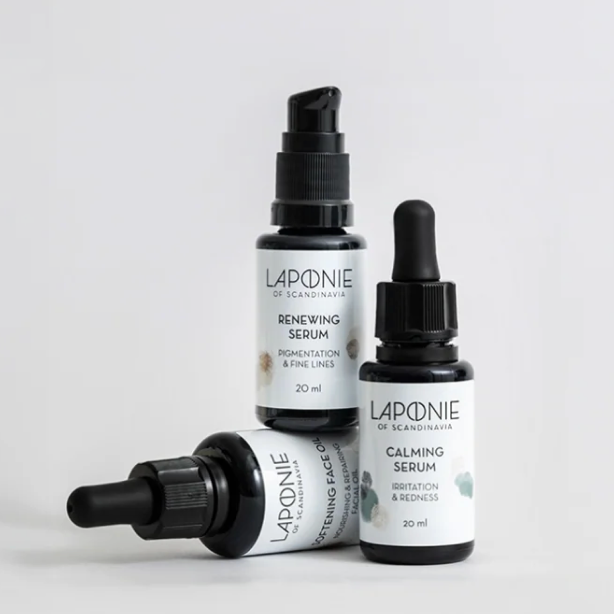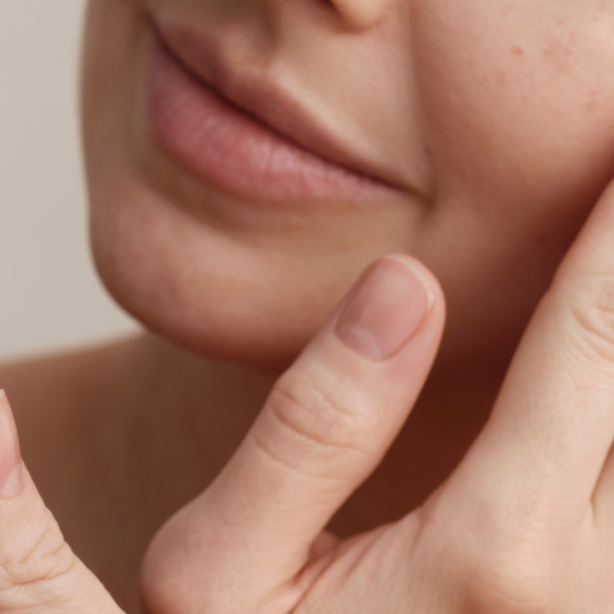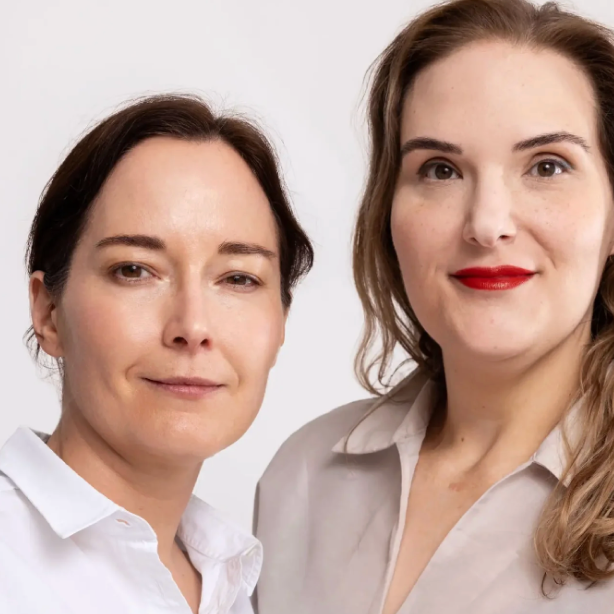
Laponie (L): What is perioral dermatitis or POD?
Marika Schröder (MS): Perioral dermatitis is a skin disorder which can visually resemble acne, rosacea, seborrheic dermatitis and other forms of dermatitis. Technically, it’s considered a disease of the hair follicle. In most cases POD involves tiny red bumps on the lower half of the face, in the folds of the nose and around the mouth. Other symptoms may include a burning feeling around the mouth. Bumps around the mouth may also be filled with fluid or pus and may also appear around the eyes, nose, or on the forehead.
POD is most common among women between the ages of 16 and 45 years but is increasingly reported among men. POD is globally prevalent and can affect children as young as young as three months. In children, girls are more likely affected.
L: How is POD diagnosed?
MS: Perioral dermatitis is typically diagnosed based on the characteristics of symptoms, i.e. the rash itself. A skin biopsy is usually not required but can be helpful to rule out other skin diseases which may resemble perioral dermatitis, such as acne and rosacea. Extended patch testing may be useful to also rule out allergic contact causes.
L: What are the root causes of POD?
MS: The causes of POD are unclear. Topical steroids are associated with the condition, as are heavy moisturisers, ointments and cosmetics (e.g. foundations). The underlying mechanism may involve blockage of the skin surface, resulting in excessive growth of skin flora. Fluoridated toothpaste and some micro-organisms including candida (yeast) can also worsen the condition, but their roles in this condition is unclear. Over-exfoliation, both mechanical and chemical, may also trigger POD. Hormones may also be an underlying cause.
L: What are the most common treatments for POD?
MS: It’s recommended to stop using all face creams, cosmetics and sunscreen, and also to wash face with only warm water. This may however not be a practical solution, so switching to a gentle, oil-free cleanser and light and soothing moisturiser may improve symptoms. It’s important to not use any over-the-counter steroid creams to treat POD, as these will often make the condition worse.
Perioral dermatitis might resolve within a few months without medication, by limiting the use of irritants, including products with fragrance, cosmetics, benzoyl peroxide, occlusive sunscreens, and various acne products.
Topical and oral antibiotics can also be used, most typically tetracycline, doxycycline and erythromycin. A one to three-month-long course of antibiotics is often the most effective treatment for POD. Metronidazole, also an antibiotic, is less effective, but is available in a gel and can be applied twice daily. For some patients, ivermectin is a more effective treatment than metronidazole. In cases where POD has been triggered by topical steroids, pimecrolimus cream may be effective in improving symptoms. However, pimecrolimus cream has also been documented to cause the condition itself.
It’s important to bear in mind that perioral dermatitis requires several months of treatment.
Marika Schröder (MD, PhD) is a Finnish specialist in dermatology with years of experience diagnosing and treating skin cancer and skin diseases, working both surgically and with laser. She is interested in aesthetic skin procedures and has in-depth knowledge of new treatment forms for acne and rosacea. Dr Schröder heads the Skin and Aesthetics Division at Pihlajalinna Hospital, one of Finland’s leading providers of social and healthcare services.



